Intel 18A process node detailed
Intel has launched a dedicated webpage showcasing its Intel 18A (1.8nm-class) fabrication process. While launching a website solely for a manufacturing process might seem unusual, especially since it primarily reiterates previously announced milestones, it's a strategic move for a company facing intense scrutiny from many sources, including investors, industry observers, customers, competitors, and even governments.
Intel's 18A process is a milestone for the company. It's their first commercial process to utilise gate-all-around RibbonFET transistors and a backside power delivery network called PowerVia. These features might help it stand out from its closest competitor, TSMC's N2 node. Moreover, 18A marks Intel's first leading-edge process to embrace industry-standard EDA (Electronic Design Automation) tools and third-party IPs, making it accessible to external customers through Intel Foundry Services. The company has high hopes for this process, viewing it as a testament to its ability to deliver cutting-edge manufacturing technology.
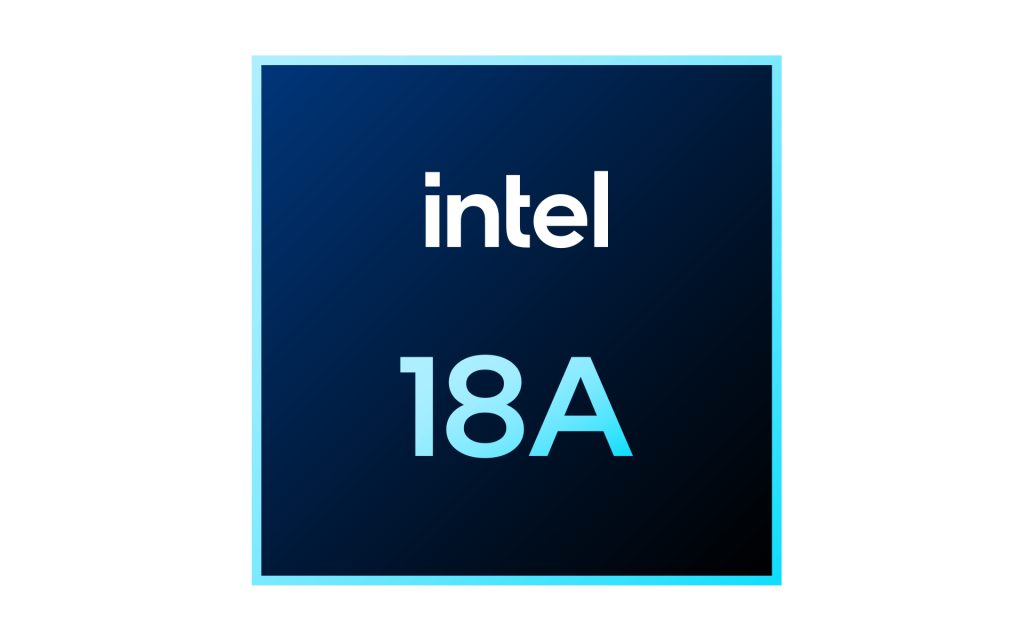
The Intel 18A website emphasises the collaborative nature of the process, highlighting its compatibility with industry-standardised tools, IP developers, chip designers and cloud-based design providers. Intel also underscores the process's strategic importance by highlighting its selection by the US military and government for various applications. However, with Intel's first 18A product (Panther Lake processors) not expected until mid-2025 and the first tape-ins of third-party 18A designs slated for even later, it's still too soon to know specifics on third-party adoption.
This proactive approach to communication marks a shift from Intel's past practices. In the days when Intel's manufacturing prowess was unchallenged, information about next-generation processes was typically revealed alongside actual product releases. While those announcements, which included deep dives into new materials and transistor architectures, were exciting for tech enthusiasts, the current landscape demands a different strategy. Whether it will work out or not, we should find out later this year.
KitGuru says: With many doubting Intel's ability to reclaim its process technology lead from TSMC, the company aims to dispel scepticism and rebuild confidence. The 18A website is a platform to showcase their technological advancements and attract potential foundry customers, showing them they're back at the forefront of semiconductor manufacturing.
The post Intel 18A process node detailed first appeared on KitGuru.

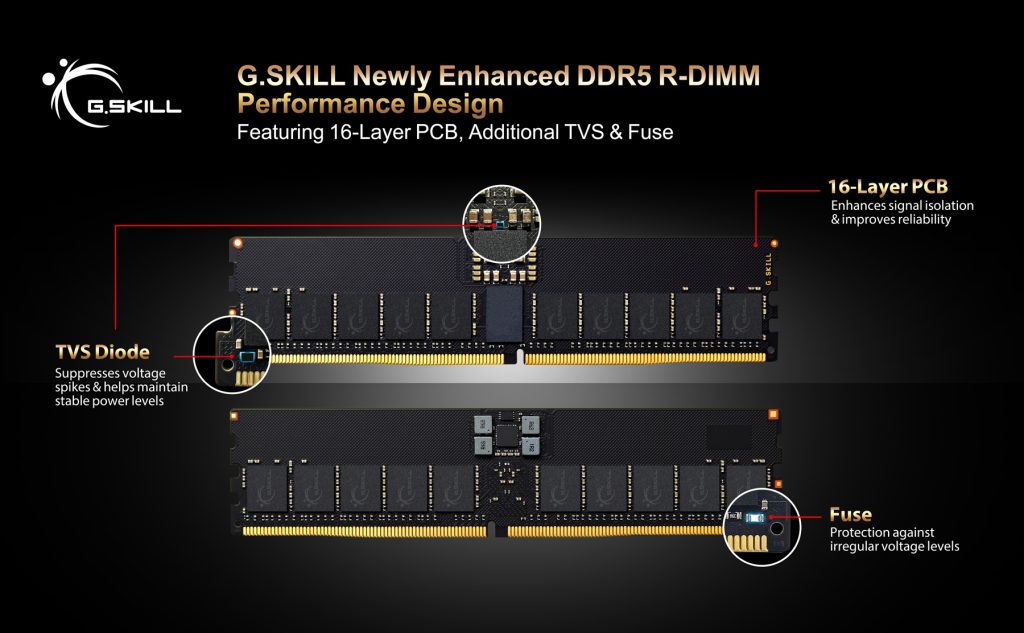
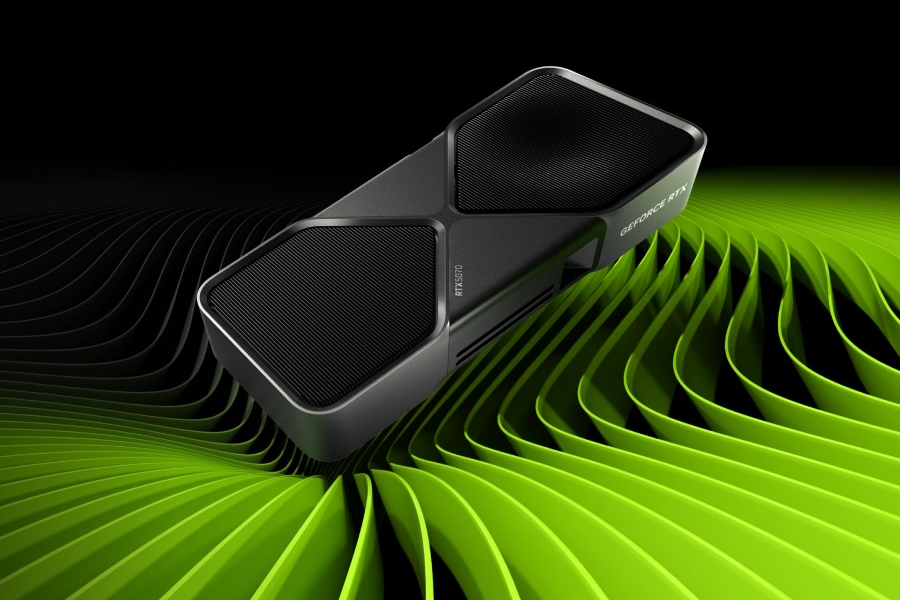
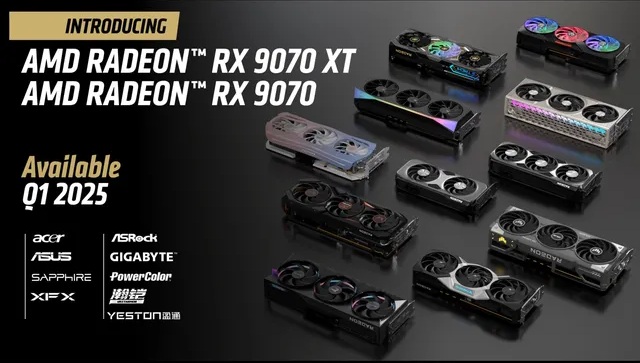

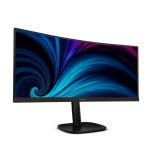

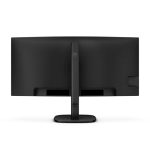









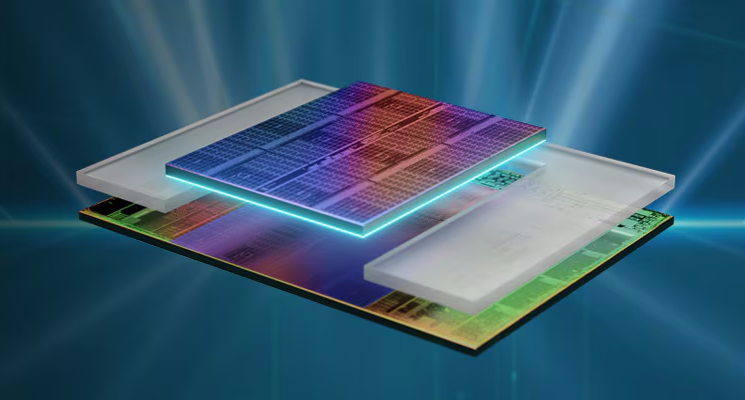


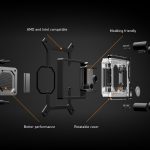







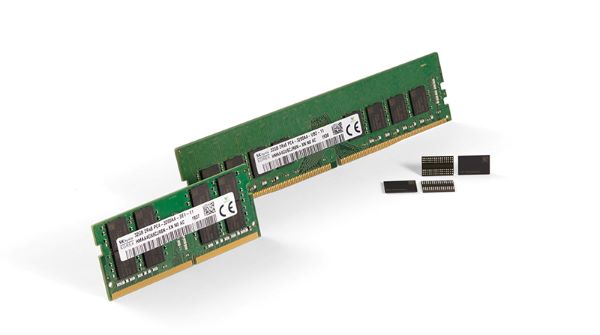




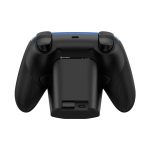


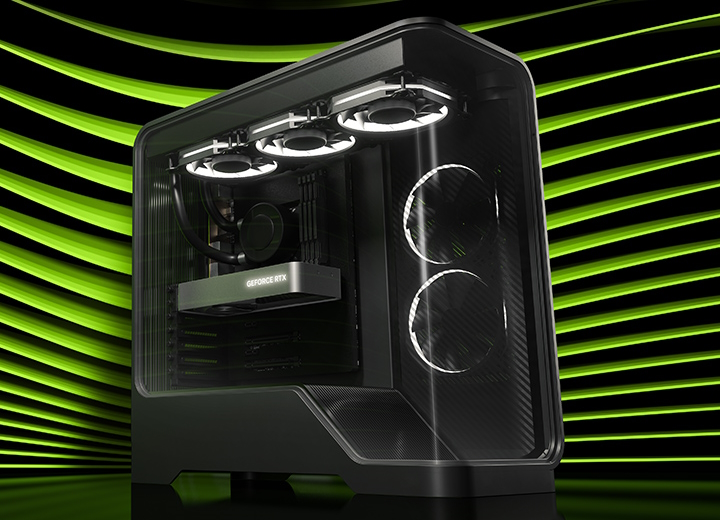



 24
24
